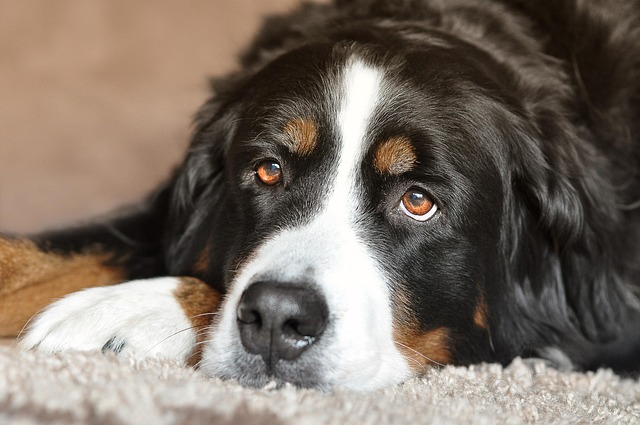
Symptoms and Treatment of Canine Coronavirus
Canine coronavirus often flies under the radar until it hits a household, catching even seasoned dog owners off guard.
That moment your dog lifts a paw and whimpers during a chilly winter walk is a clear sign that the cold ground is more than just uncomfortable. The question of whether dogs should wear booties in winter doesn't have a one-size-fits-all answer, but for many dogs in various climates, the answer is a resounding yes. It’s less about fashion and entirely about function and protection. The primary risks on winter walks aren't just the air temperature; it's the contact with frozen surfaces, rock salt (ice melt), and chemical deicers commonly used on sidewalks and roads in places like Chicago or Boston. These chemicals can cause painful chemical burns on paw pads, lead to dangerous ingestion from licking, and accelerate frostbite, especially in smaller breeds or dogs with less natural foot protection.
The science behind the need for booties revolves around a dog's physiology. While their paws are tougher than human skin, they are not impervious. Prolonged contact with surfaces below freezing can cause a drop in body temperature and constrict blood vessels in the extremities, leading to frostbite. Furthermore, many urban and suburban communities use calcium chloride-based ice melts, which are highly effective but also exothermic, generating heat that can actually burn paw tissue on contact. For apartment dwellers, the journey from the building door to the grassy relief area often means crossing a treated lobby floor or sidewalk, making brief but repeated exposure a real issue.
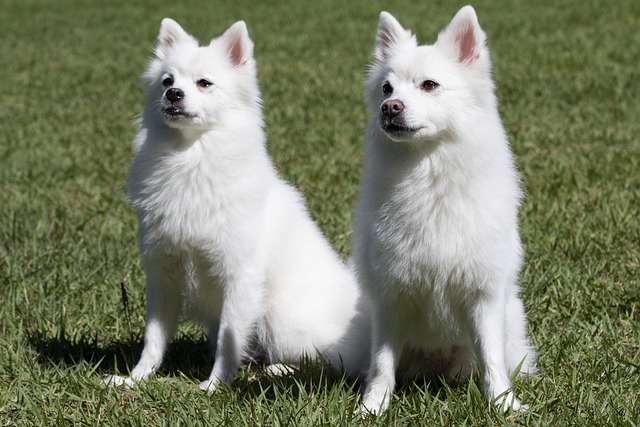
Getting your dog comfortable with booties is a process that requires patience and positive reinforcement. Never force them on; this will only create a negative association. Start by letting your dog sniff the booties, then reward them with a high-value treat. Practice putting just one on for a few seconds indoors, offering plenty of praise and a treat before immediately taking it off. Gradually build up to wearing all four for short periods inside your home, turning it into a fun game. This slow, reward-based method is the gold standard in modern dog training, aligning perfectly with animal welfare principles that emphasize building trust and avoiding any form of stress or coercion. A well-fitted bootie should be snug but not tight, with secure fastenings to prevent loss during a vigorous walk around the block.
This thoughtful approach to your dog's winter comfort is part of being a responsible community member. A dog that is not in pain from cold or chemical burns is more predictable and calm, making it easier to maintain good leash etiquette and ensuring they respond well to your cues. And while you're protecting their paws, remember your other public responsibilities. Always carry an ample supply of waste bags—frozen poop is still poop and must be picked up, a rule that is not only a matter of courtesy but a legal requirement in most U.S. cities and towns. Furthermore, ensuring your dog’s rabies vaccination is current isn't just vital for their health; it's the law. By taking these steps, from paw protection to polite public behavior, you ensure your winter walks are safe, legal, and enjoyable for everyone involved.

Canine coronavirus often flies under the radar until it hits a household, catching even seasoned dog owners off guard.

Imagine you’re in a frigid Minneapolis morning, zipping up your parka while your 8-month-old Chihuahua mix, Lua, paws at the apartment door—excited for her walk
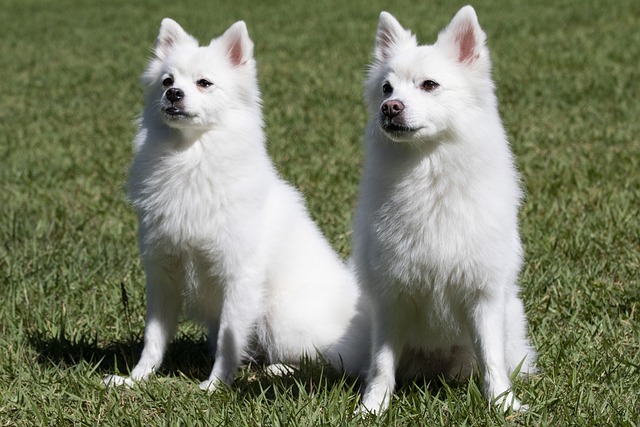
That moment your dog lifts a paw and whimpers during a chilly winter walk is a clear sign that the cold ground is more than just uncomfortable.

Imagine you’re in your Chicago apartment, sitting on the floor with your 1-year-old Corgi pup while they chew a rubber toy.
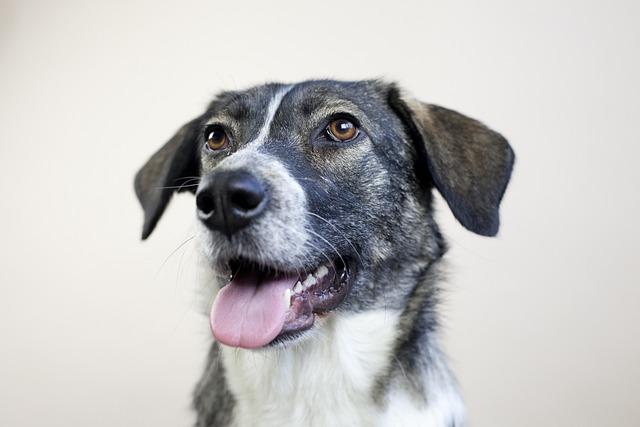
Finding your dog turning up its nose at dinner and then retching up a bright yellow fluid is enough to make any pet parent’s heart race.
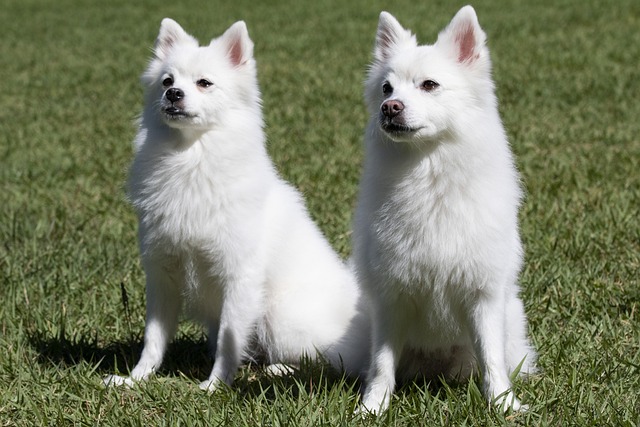
Imagine you’re in your Los Angeles apartment, kneeling down to give your 1-year-old Bichon Frise a scratch behind the ears.